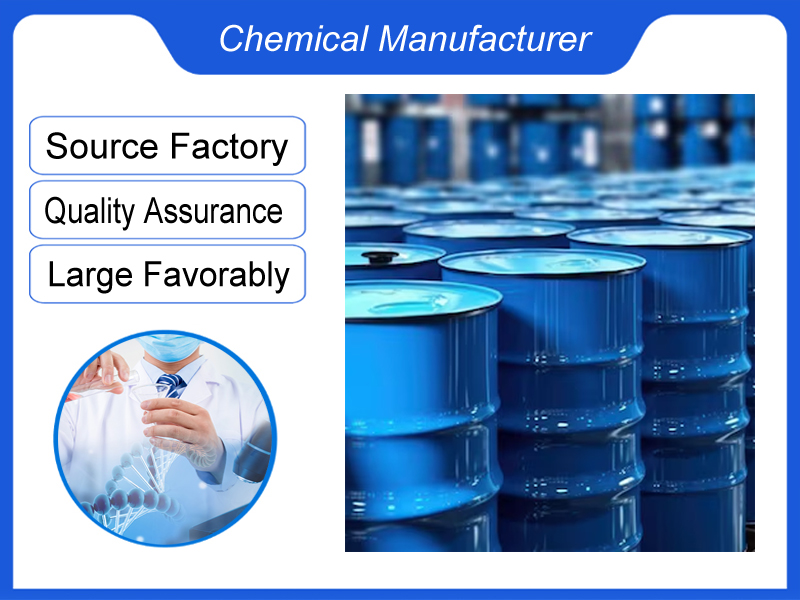
Penicillin G Procaine CAS 54-35-3
We are a manufacturer based in China. We specialize in providing high-quality Penicillin G Procaine CAS 54-35-3 for industrial clients across various sectors. Whether you need chemicals consultation or technical support, our team is here to help.
Category:Active Pharmaceutical Ingredients Own Brand:MT /MOQ:100KG /From China/ B2B only.
Introduction
Molecular Formula: C29H38N4O6S
Molecular Weight: 570.700
CAS No.: 54-35-3
It is the procaine salt of penicillin, and its antibacterial active ingredient is penicillin. Penicillin exerts a bactericidal effect by inhibiting the synthesis of bacterial cell walls, it has good antibacterial activity against Streptococcus such as hemolytic Streptococcus, Streptococcus pneumoniae and Staphylococcus that does not produce penicillinase.
Description
It is white or almost white crystalline powder, it’s slightly soluble in water, sparingly soluble in ethanol.
Application
It is used for chronic infections caused by pathogenic bacteria sensitive to penicillin, such as bovine pyometra, fractures, and mastitis. It is also used for infections such as actinomycetes and Leptospira. Similar to penicillin, this product is slowly released and absorbed locally after intramuscular injection. The effect is lasting than penicillin, but the effective concentration in the blood is low. It is limited to chronic infections caused by pathogenic bacteria that are highly sensitive to penicillin. It is not suitable for the treatment of severe infections.
Packing
25kgs / drum
Storage:
Be kept airtight, dry and in cool place.
Shelf Life :
36 months from date of production when stored in good condition.
Minimum Order
One package
Penicillin G Procaine Introduction
| Item | Details |
| Generic Name | Penicillin G Procaine |
| Trade Names | Wycillin, etc. |
| Classification | Beta – lactam antibiotic (a form of penicillin) |
| Chemical Structure | Penicillin G Procaine consists of penicillin G linked to procaine. Penicillin G has a beta – lactam ring fused to a thiazolidine ring, with a side chain that contributes to its antibacterial specificity. Procaine, an ester – type local anesthetic, is attached to enhance the drug’s pharmacokinetic properties. The molecular formula of penicillin G procaine is C₁₆H₂₆N₂O₄S·C₁₃H₂₀N₂O₂, and it has a relatively large molecular weight due to the combination of the two components. |
| Pharmacological Action | The beta – lactam ring of penicillin G procaine binds to penicillin – binding proteins (PBPs) in bacteria. This binding inhibits the transpeptidation reaction that is essential for the cross – linking of peptidoglycan chains in the bacterial cell wall. As a result, the cell wall becomes weakened, and the bacteria are more susceptible to osmotic pressure, leading to cell lysis and death. It has a narrow – spectrum antibacterial activity, mainly effective against Gram – positive bacteria such as Streptococcus pneumoniae, Streptococcus pyogenes, and some Gram – negative cocci like Neisseria meningitidis. The procaine moiety helps to slow the release of penicillin G, providing a more sustained antibacterial effect. |
| Clinical Applications | 1. Streptococcal Infections: – Used to treat streptococcal pharyngitis (strep throat) caused by Streptococcus pyogenes. A single intramuscular injection of penicillin G procaine can often provide effective treatment. – Treats cellulitis and erysipelas when caused by streptococci. 2. Pneumococcal Infections: – Can be used for the treatment of mild to moderate pneumococcal pneumonia, especially in areas where resistance is not a major concern. 3. Neurosyphilis (in combination): – In combination with other drugs, it may be used in the treatment of neurosyphilis, although the treatment regimen is complex and requires careful monitoring. |
| Dosage and Administration | Intramuscular Injection: – Adults: For streptococcal pharyngitis, a single dose of 600.000 – 1.200.000 units is usually given intramuscularly. For more severe infections, the dose may be adjusted according to the patient’s condition. – Children: The dose is calculated based on body weight. For streptococcal pharyngitis in children, it is typically 30.000 – 60.000 units/kg, given as a single intramuscular injection. It is important to note that penicillin G procaine is only administered by intramuscular injection, and the injection site should be carefully selected to avoid injury to nerves and blood vessels. |
| Adverse Reactions | 1. Allergic Reactions: – One of the most significant risks. Allergic reactions can range from mild rashes, itching, and hives to severe anaphylactic shock, which can be life – threatening. Patients with a known history of penicillin allergy should avoid this drug. 2. Gastrointestinal Effects: – Nausea, vomiting, and diarrhea may occur, although these are less common compared to some other antibiotics. 3. Neurotoxicity: – Rarely, neurotoxic reactions such as seizures or encephalopathy may occur, especially if the drug is accidentally injected intravenously instead of intramuscularly. 4. Hematological Effects: – In some cases, it may cause hemolytic anemia, thrombocytopenia, or neutropenia, although these are relatively rare. |
| Drug Interactions | 1. With Probenecid: – Probenecid inhibits the renal tubular secretion of penicillin G, which can increase the plasma concentration and half – life of penicillin G procaine. This interaction can be used therapeutically to enhance the antibacterial effect, but it also increases the risk of side effects. 2. With Aminoglycosides: – When used in combination with aminoglycosides, there can be a synergistic antibacterial effect against some bacteria. However, care must be taken as the combination may also increase the risk of nephrotoxicity and ototoxicity. 3. With Oral Contraceptives: – Penicillin G procaine may reduce the effectiveness of oral contraceptives by interfering with the normal gut flora that recycles estrogen conjugates. Women using oral contraceptives should be advised to use additional contraceptive methods during penicillin G procaine treatment. |
| Special Population Considerations | 1. Pregnant Women: – Penicillin G procaine is generally considered safe for use during pregnancy, as it has a long history of use and is not associated with significant teratogenic effects. However, as with all medications, it should only be used when clearly needed. 2. Breastfeeding Women: – It is excreted in breast milk in small amounts. Although it is usually considered safe for breastfeeding infants, close monitoring for any adverse effects in the infant is recommended. 3. Patients with Renal Impairment: – Dosage adjustment may be required in patients with significant renal impairment, as the drug is mainly excreted by the kidneys. 4. Elderly Patients: – Elderly patients may be more sensitive to the drug’s side effects, especially allergic reactions and neurotoxicity. Close monitoring is needed when prescribing penicillin G procaine to the elderly. |
| History and Development | Penicillin G procaine was developed as an improvement over penicillin G to provide a more sustained release of the antibiotic. The addition of procaine allows for a depot – like effect, reducing the frequency of dosing. Penicillin G was one of the first antibiotics discovered, and the development of penicillin G procaine in the mid – 20th century was an important step in making penicillin – based therapies more convenient and effective for certain types of infections. |
If you're ready to take the next step, Leave your message below and we’ll reply soon. 20+ years of chemical manufacturing & export experience, a partner you can trust.





